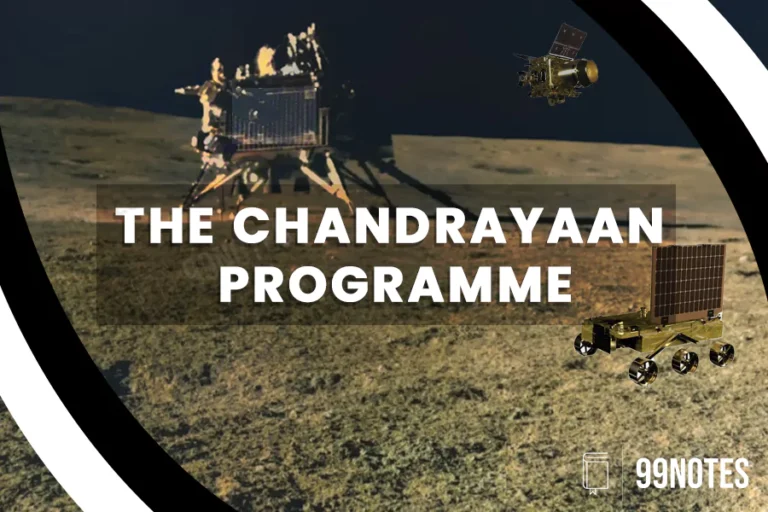DAP (di-ammonium phosphate) BEYOND NBS SUBSIDY
| Topic: GS3 – Indian Economy |
| Context |
|
Analysis of the news:

About Fertilizer subsidy in India
- It is financial support provided by the government to make fertilizers affordable for farmers, especially small and marginal ones.
- Fertilizers are essential for enhancing agricultural productivity, but they are costly, so the subsidy helps to reduce the financial burden on farmers.
- The Union Budget for 2024 allocated Rs 164,000 crore for fertilizer subsidy.
Extension of Subsidy on Di-Ammonium Phosphate (DAP)
- The Centre has extended the special subsidy of ₹3,500 per tonne on DAP for one more year starting January 1, 2025.
- Initially set to expire on December 31, 2024, this decision aims to curb farmgate price hikes for India’s second most-used fertiliser.
- This move is particularly significant given the rupee’s depreciation against the US dollar, which adds to cost pressures.
Impact of Fixed Maximum Retail Prices (MRPs)
- Despite DAP and other non-urea fertilisers being decontrolled on paper, the government has informally capped MRPs to shield farmers from price shocks.
- The MRP for DAP remains at ₹1,350 per 50-kg bag, while similar price caps exist for other fertilisers like 20:20:0:13 and muriate of potash.
- However, the steep fall in the rupee, coupled with rising import costs, has made it challenging for fertiliser companies to sustain these price caps.
Economic Pressures on Fertiliser Companies
- The current landed cost of imported DAP stands at ₹54,160 per tonne, significantly higher than the ₹52,960 per tonne recorded three months ago.
- Factoring in additional costs like customs duties, port handling, and dealer margins, the total cost exceeds ₹65,000 per tonne.
- In contrast, the combined government subsidy and MRP yield ₹52,411 per tonne, leaving a considerable gap that makes imports financially unviable without further government intervention.
Government Compensation and Fiscal Cost
- To mitigate industry losses, the government approved full compensation for DAP imports priced above $559.71 per tonne from September 1, 2024, to March 31, 2025.
- However, the subsidy scheme’s effectiveness has been undermined by the rupee’s plunge to ₹85.7-to-the-dollar.
- Extending the ₹3,500 per tonne subsidy reduces the potential fiscal cost, estimated at ₹6,475 crore, and limits the required MRP hike for companies.
Challenges in Fertiliser Availability
- Stock levels of DAP and complex fertilisers, as of mid-December, are lower than last year’s levels.
- The government must ensure sufficient imports of both finished products and raw materials to avoid shortages in the next kharif season.
- Failure to secure adequate supplies could disrupt agricultural productivity.
In conclusion, while the subsidy extension alleviates some immediate pressures, long-term challenges like exchange rate volatility, import viability, and stock replenishment remain critical for stabilising the fertiliser sector.
| About Di-Ammonium Phosphate (DAP) |
|
| Practice Question: How can the government ensure that the fertilizer subsidy program remains environmentally sustainable while supporting the economic needs of farmers? (150 Words /10 marks) |
For more such UPSC related Current Affairs, Check Out End of an Era: Russia Halts Gas Transit Through Ukraine Amid Geopolitical Strains

